Kickstart Your Calisthenics Journey: A 30-Day Beginner Workout Plan
Starting a new workout routine can be a challenge. You might find yourself wondering, "Which routine should I choose? What exercises should I include? How many reps and sets do I need?" This blog post is designed to provide a solid foundation for your first weeks in calisthenics, suitable for beginners as well as intermediate and advanced athletes.
This routine isn’t just about building muscle and strength; it also enhances balance, mobility, explosiveness, and overall body control, making it perfect for transitioning to more advanced exercises. No matter your performance level, just select the right progression and you’re all set!
Essential Exercises for Your 30-Day Plan
1. Squat to Handstand
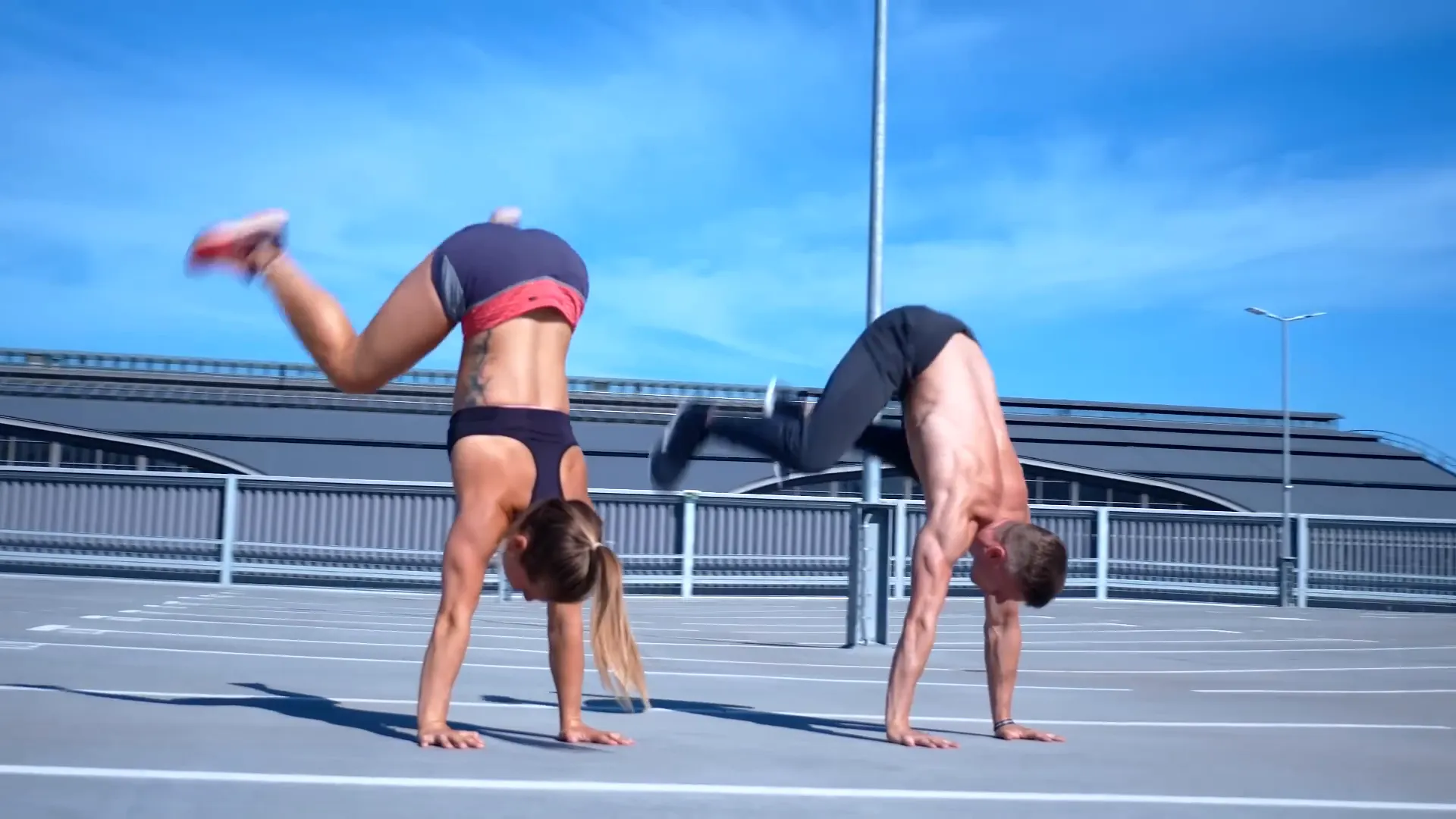
Now, you might think, "A handstand isn’t for beginners!" That’s true, but you can benefit from this exercise by starting with an easier progression. Begin in a squat position and gently shift your weight onto your hands. As you build strength and control, increase the weight shift until you can align your body vertically.
Always ensure you perform a correct deep squat without collapsing your knees. Keep your feet flat, with a straight spine. This exercise works the glutes, quads, forearms, shoulders, and traps while also requiring stabilization from various other muscles.
2. Underhand Grip Body Rolls
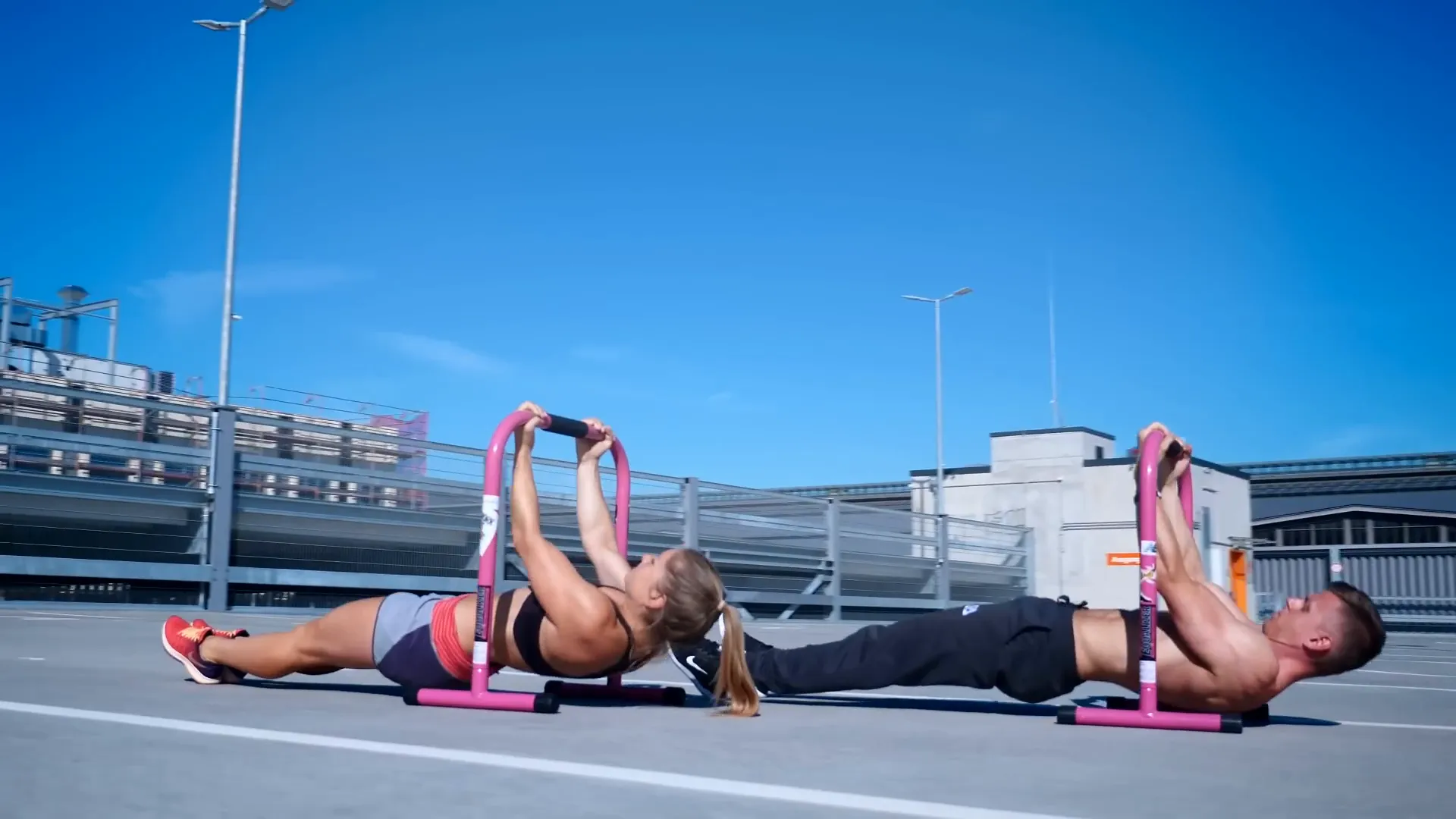
Many people prefer pull-ups over rows, but rows are equally, if not more, important. They help with shoulder health and posture while engaging your rhomboids, rear delts, and middle traps more effectively than pull-ups. Adjust the angle of your body to modify the difficulty: the more vertical, the easier it gets.
If you can only access a fixed bar, bending your legs can make the exercise easier. Focus on correct shoulder movement and body tension to work your muscles effectively.
3. Spider-Man Push-Up
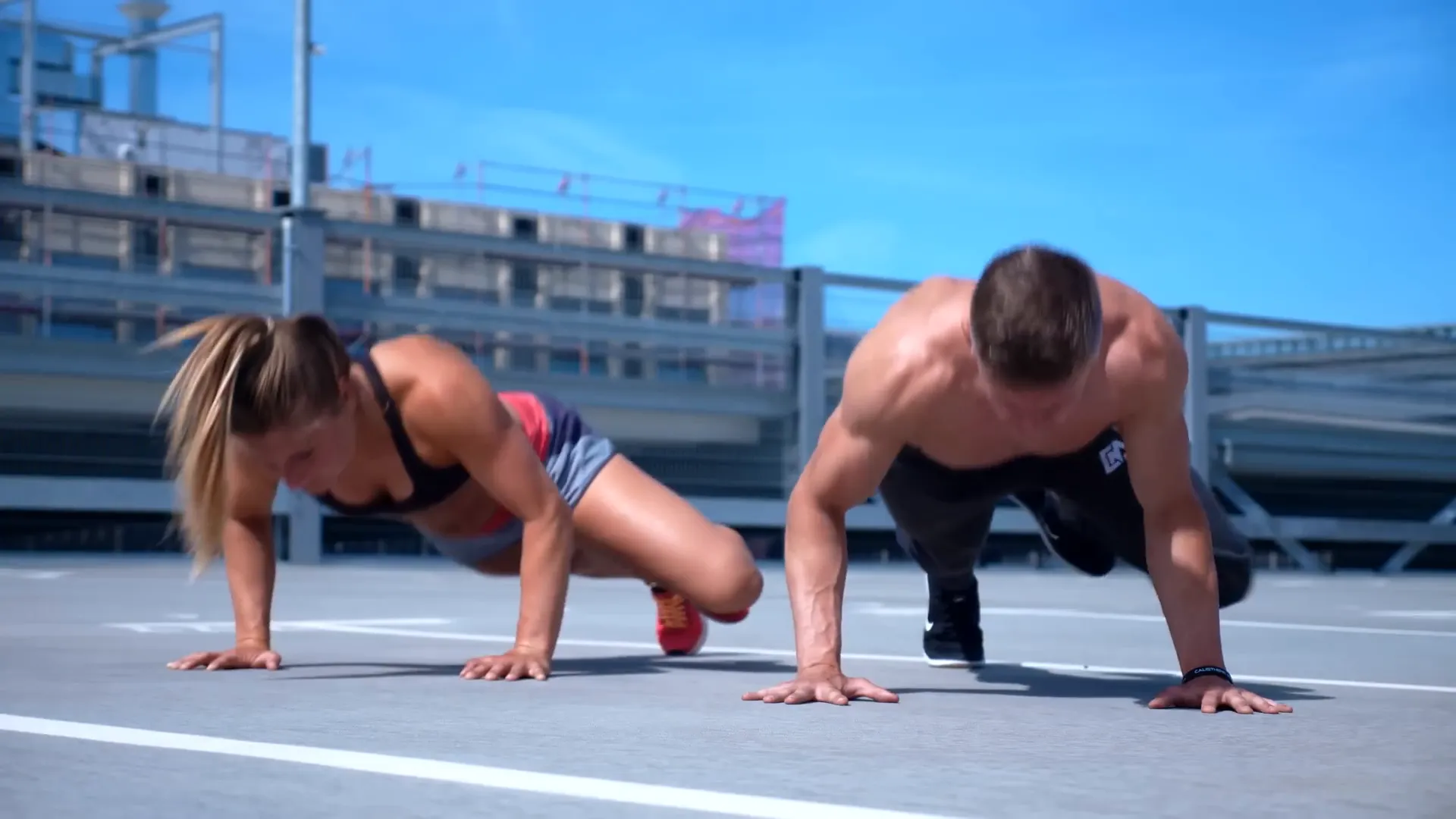
For the Spider-Man push-up, lower yourself like in a normal push-up. At the lowest point, lift your right foot and bring your knee toward your elbow. Return your foot and push back up, then repeat with your left knee. This variation not only targets the chest, triceps, and shoulders but also engages your abs significantly.
If you can’t go all the way down, adjust your angle to make the exercise easier. Using a bench or table will help you maintain control and muscle tension throughout the movement.
4. Breakdancer
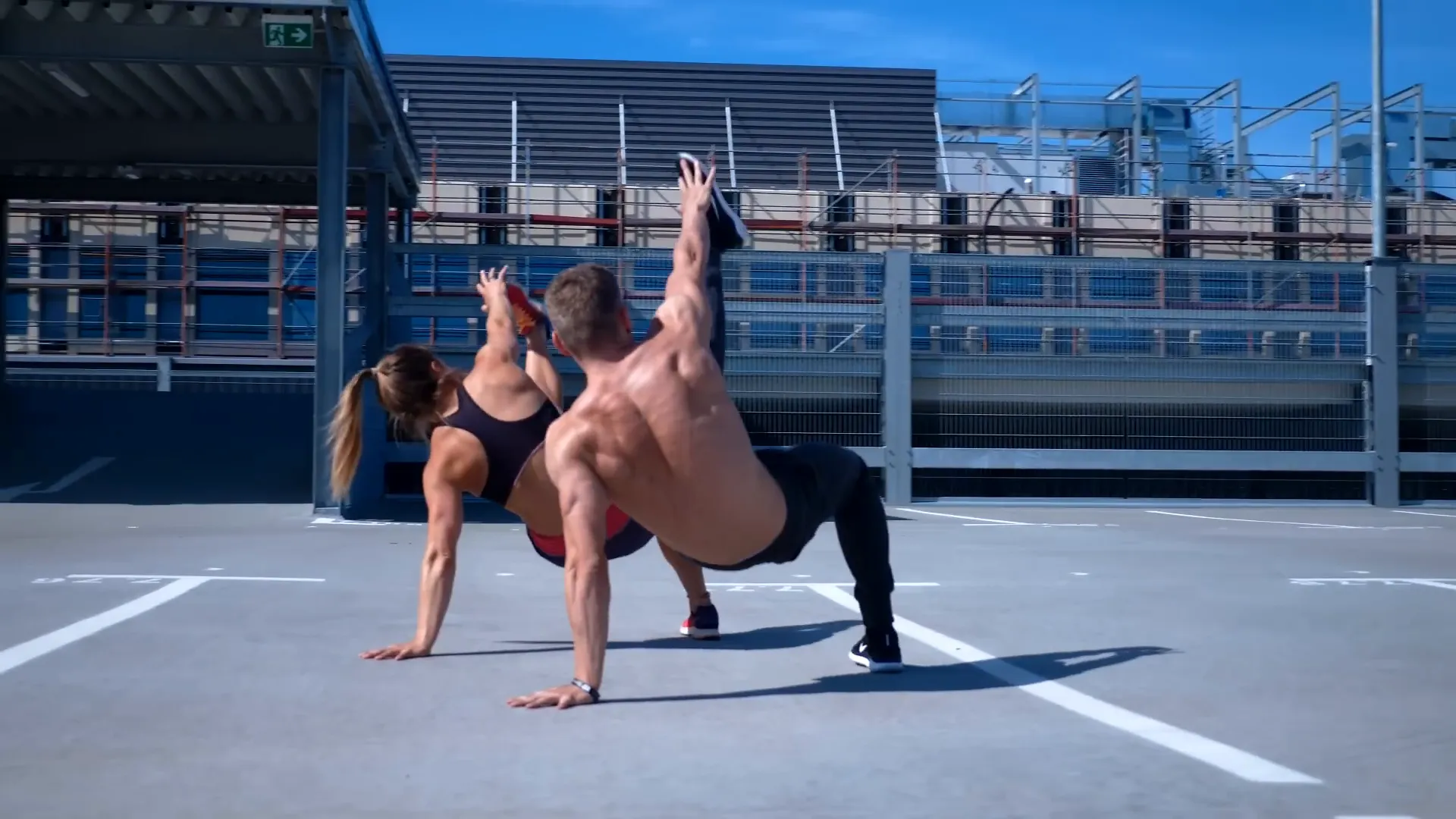
Start in a push-up position with a 90-degree bend in your knees. Lift one hand and the opposite foot off the ground, rotating your hips. Kick your leg through to the opposite side and touch it with your hand, then repeat on the other side. This exercise combines coordination, strength, and mobility, engaging your abs, shoulders, and traps.
If you can’t rotate your body fully, work with easier progressions. Always ensure you stabilize your body throughout the movement.
5. Split Squat Jump
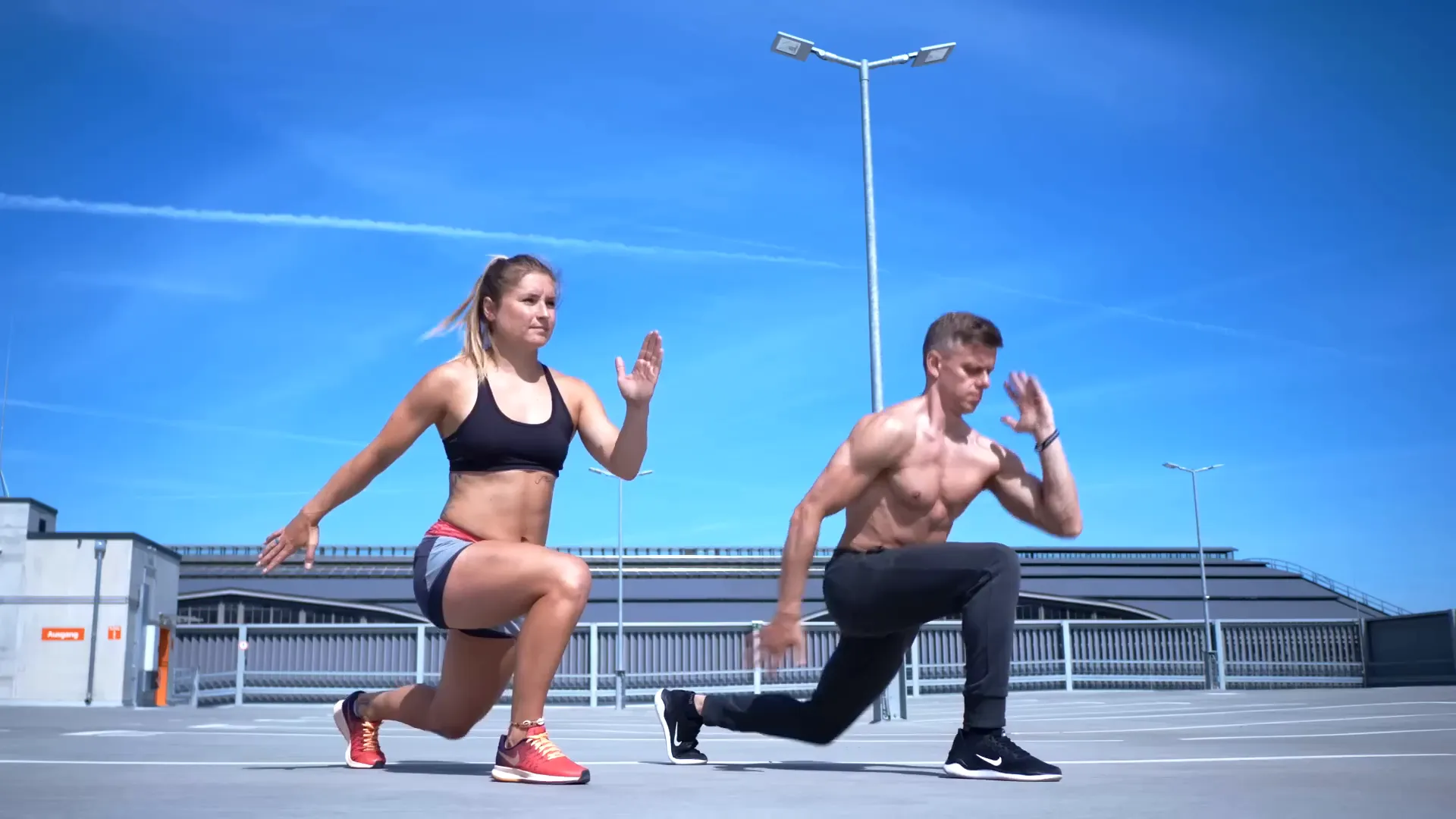
This lower body-focused exercise requires you to step back into a lunge while lifting the arm on the same side. Jump slightly to switch arm and leg positions, maintaining a low center of gravity. Ensure your front knee doesn’t extend past your toes and keep your heel on the ground.
If you struggle with stabilization, perform lunges without the jumping aspect.
Workout Structure
For each exercise, perform three sets before switching to the next one. Rest for about two minutes between sets and exercises. Aim for 8 to 15 reps per exercise, adjusting based on your ability. For exercises like the breakdancer and split squat jump, consider doubling your rest time since they involve switching sides.
In the first two sets, try to exert about 80% of your maximum effort, and go all out in the last set. Avoid exhausting yourself in every session—your body needs time to adapt and recover. We recommend doing this routine three times a week for one month.
Transitioning Beyond the Basics
After a month, you can switch to more advanced calisthenics programs. Our new programs offer greater variety, skill training, and additional content on mobility, recovery, and nutrition. If you purchased older programs, you can get a discount for the new ones.
Conclusion
Embarking on your calisthenics journey is an empowering step towards enhanced fitness. By utilizing your body weight, you can gain flexibility and strength without investing in expensive equipment. Remember, consistency is key. Set realistic goals, and celebrate your progress!
FAQs
- How do I start calisthenics as a beginner?
Focus on mastering the basic movements like squats, push-ups, and planks. Start with a few reps and gradually increase your strength. Always warm up before workouts to prevent injuries.
- How long should a beginner do calisthenics?
Keep your workouts to 30-40 minutes, including warm-ups. Avoid overtraining, and allow for 1-2 rest days each week.
- What are the basic exercises for calisthenics?
Basic calisthenics exercises include push-ups, squats, planks, pull-ups, and lunges, which can be progressed over time.
- Can I self-learn calisthenics?
Yes, you can self-learn through online resources and consistent practice. Focus on proper form to avoid injuries.
- What if I struggle with these exercises?
Modify the exercises to suit your level. For example, use assistance for pull-ups or decrease the range of motion for push-ups.
- How can I stay motivated to continue?
Set achievable goals, track your progress, and find a community or workout buddy to keep you accountable.
- What should I eat to support my training?
A balanced diet rich in protein will help with muscle recovery and growth. Stay hydrated and focus on whole foods.
- How can I prevent injuries while training?
Listen to your body, prioritize proper form, and incorporate rest days into your routine to allow for recovery.
